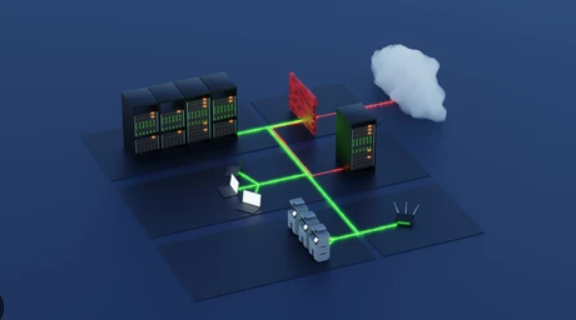In today's cybersecurity landscape, network monitoring plays a vital role in defending against growing digital threats. Effective monitoring provides deep visibility into your infrastructure, enabling early detection of suspicious activities, performance issues, and potential breaches. By continuously observing data flow, device behaviors, and application usage, organizations can proactively secure their environments before threats escalate.
What is Network Monitoring?
Network monitoring refers to the continuous surveillance of an IT environment to identify irregularities, detect threats, optimize performance, and ensure uptime. This involves tracking various metrics such as bandwidth usage, server response times, traffic anomalies, and error rates. Real-time monitoring empowers IT teams to respond swiftly to incidents, improving system reliability and security posture.
Key Network Monitoring Components
- Packet Analysis: Examines individual data packets transmitted across the network to identify anomalies, malware, or misconfigurations.
- Flow Analysis: Tracks data flow between devices, helping visualize communication paths and detect abnormal traffic patterns.
- Log Management: Collects and correlates logs from firewalls, routers, servers, and endpoints to provide insights into network activity.
- Behavioral Analytics: Uses machine learning to detect deviations in user or device behavior, which may indicate insider threats or breaches.
Modern Monitoring Tools
- SIEM Systems: Security Information and Event Management tools aggregate logs, apply rules, and generate alerts for suspicious events.
- Network Intrusion Detection Systems (NIDS): Monitor inbound and outbound traffic for malicious patterns or known attack signatures.
- Threat Intelligence Feeds: Integrate external data sources that provide real-time updates on emerging threats and malicious IPs.
- AI-Powered Monitoring: Leverage artificial intelligence and predictive analytics to detect zero-day exploits and advanced persistent threats (APTs).
Benefits of Effective Network Monitoring
- Improved Threat Detection: Continuous monitoring detects abnormal activity before it causes damage.
- Faster Incident Response: Real-time alerts enable IT teams to investigate and resolve issues quickly.
- Optimized Network Performance: Monitoring identifies bottlenecks, allowing proactive maintenance and load balancing.
- Regulatory Compliance: Helps meet compliance standards like GDPR, HIPAA, and PCI-DSS by logging and auditing network events.
Best Practices for Network Monitoring
- Deploy monitoring across all critical assets, not just edge devices.
- Integrate monitoring with incident response and ticketing systems.
- Perform regular audits of monitoring configurations and alert thresholds.
- Use encrypted communication and role-based access to protect monitoring data.
Network monitoring is not a one-time setup — it requires continuous updates and tuning. As threats evolve, so must your tools and strategies. Investing in intelligent monitoring systems helps organizations stay one step ahead of attackers and ensure uninterrupted business operations.

